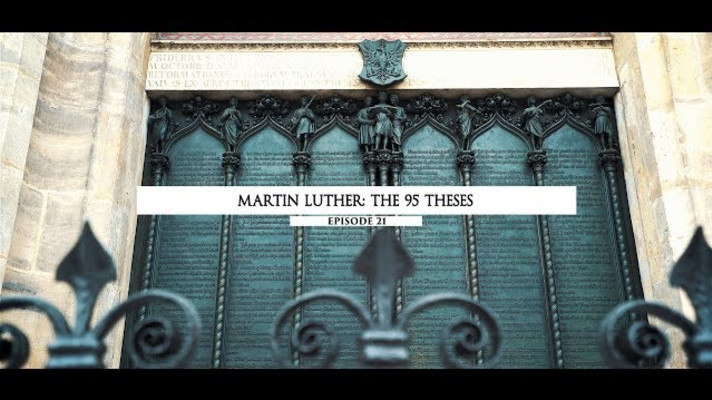L12 - Church Organisation & Unity
16 Oct 2018
Our early pioneers were initially reluctant to consider any type of formal organization. But, like Moses before them, the reality of ministry to a growing and scattered flock forced them to reconsider their views. Formal organization was able to accomplish things that could not be achieved by even the most passionate individuals working independently. Organization provided a core identity, the ability to own church property, and the means to coordinate mission. Organization helped to foster unity.
Since the Seventh-day Adventist church made its first attempt to organize, the church structure has changed several times. These changes were a direct response to the missional needs of the church and to the tendency to place too much power in the hands of one or two people. In order to best represent God to the world around us, church structures must be periodically reviewed to assess how well they serve the mission and unity of the church.
The New Testament also outlines important principles of Christian leadership which if followed are more likely to promote unity within the church. Of prime importance is the fact that no human is in charge of the church. Christ is its head. Therefore the church is subject to his authority, and derives its identity and mission from him. No human leader is to usurp or mask this authority. Indeed, human leaders of the church are called to a leadership role which is very different from that of the world around them. Rather than imposing their authority upon others, Christian leaders are called to servant leadership. They are to follow the example of Jesus, who although he was the Son of God, chose to take a bowl and wash his disciples’ feet like a common servant. Leaders are called to serve the needs of the people they lead as they model the attitudes of love and humility.
As you consider the relationship between church organization and unity, I invite you to pray that our leaders and structures will foster the unity that God desires.






